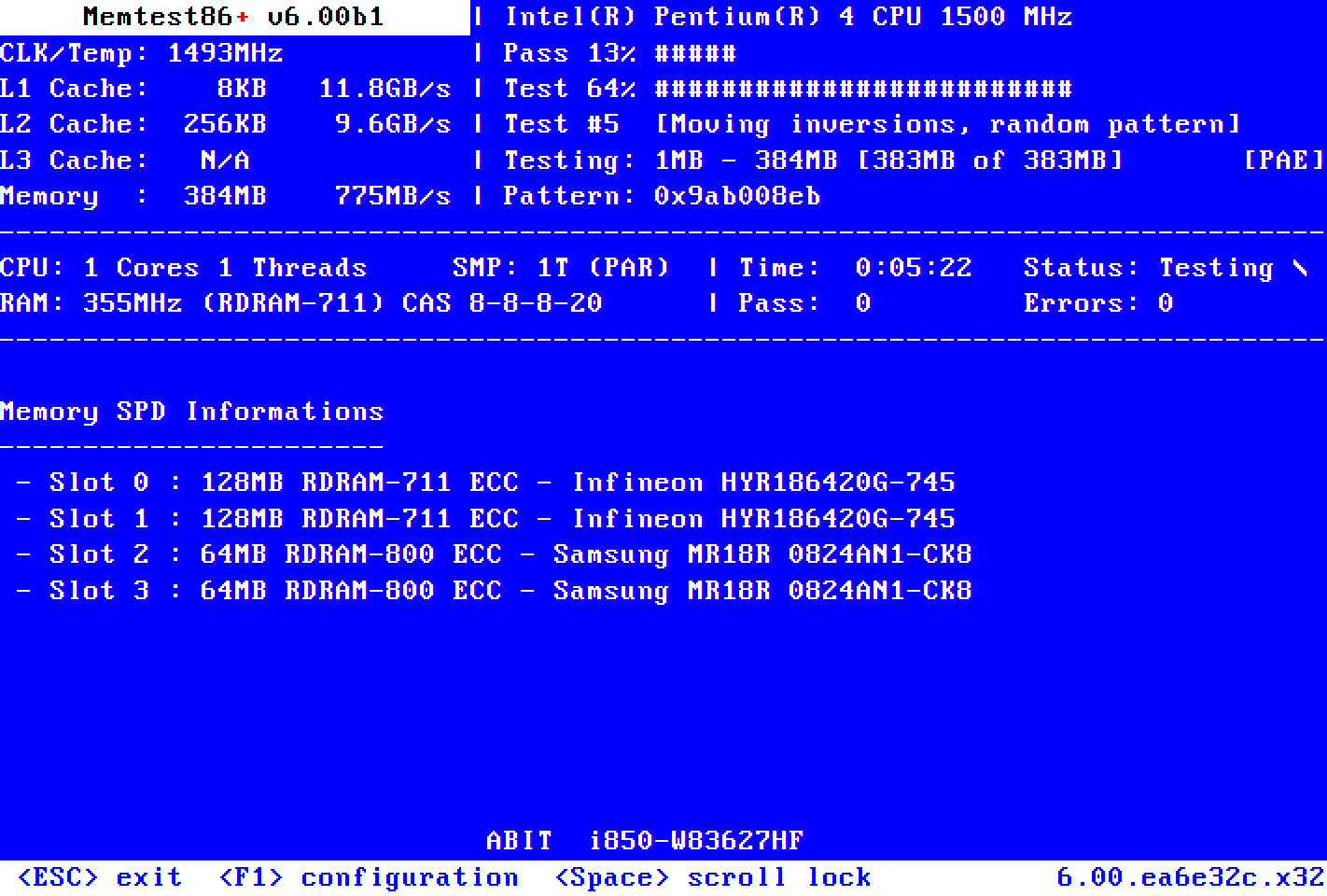Hi Guys, I just want to thank you in advance for any advice or suggestions - apologies if I get anything incorrect. I will shortly be starting my adventure of PC building and I know relatively little when it comes to the deeper technical sides of computer components. So far I've been quite indecisive when picking components and I'm itching to get started, hence why I'm asking for help! My budget can stretch a little bit but I'd rather not start upgrading CPU's/GPU's unless you really advise against this combo!
CPU: Ryzen 5 7600X - £187
CPU Cooler: ID-Cooling FROZN A410 Black, something along these lines or similar - £26
GPU: RX 7700 XT, varied prices on Amazon at the moment, but will be opting for the best priced 3 fan variant - Approx £380-400
Motherboard: Gigabyte Gigabyte B650M D3HP AX, main reason for this option is due to it supporting WiFi as a backup - £110
RAM: ADATA XPG Lancer Blade RGB 32GB 6000MHz CL30, don't overly care for RGB, this will be one of the few in my set up - £88
SSD: ADATA 1TB Legend 900 M.2 NVMe Gen4 - £52
PSU: Be Quiet! 750W Pure Power 12 M, Fully Modular, 80+ Gold - £94
Total: Approx £950 (minus case & case fans), would rather not stretch too much unless it will make a big difference in performance or future proofing!
Case is to be confirmed, it's going to be something relatively plain, at this point I'm not interested in a load of RGB fans or anything, just nice clean aesthetics. Again, thank you for any advice or recommendations - really appreciate the help! Also, if I'm missing anything please let me know
CPU: Ryzen 5 7600X - £187
CPU Cooler: ID-Cooling FROZN A410 Black, something along these lines or similar - £26
GPU: RX 7700 XT, varied prices on Amazon at the moment, but will be opting for the best priced 3 fan variant - Approx £380-400
Motherboard: Gigabyte Gigabyte B650M D3HP AX, main reason for this option is due to it supporting WiFi as a backup - £110
RAM: ADATA XPG Lancer Blade RGB 32GB 6000MHz CL30, don't overly care for RGB, this will be one of the few in my set up - £88
SSD: ADATA 1TB Legend 900 M.2 NVMe Gen4 - £52
PSU: Be Quiet! 750W Pure Power 12 M, Fully Modular, 80+ Gold - £94
Total: Approx £950 (minus case & case fans), would rather not stretch too much unless it will make a big difference in performance or future proofing!
Case is to be confirmed, it's going to be something relatively plain, at this point I'm not interested in a load of RGB fans or anything, just nice clean aesthetics. Again, thank you for any advice or recommendations - really appreciate the help! Also, if I'm missing anything please let me know





